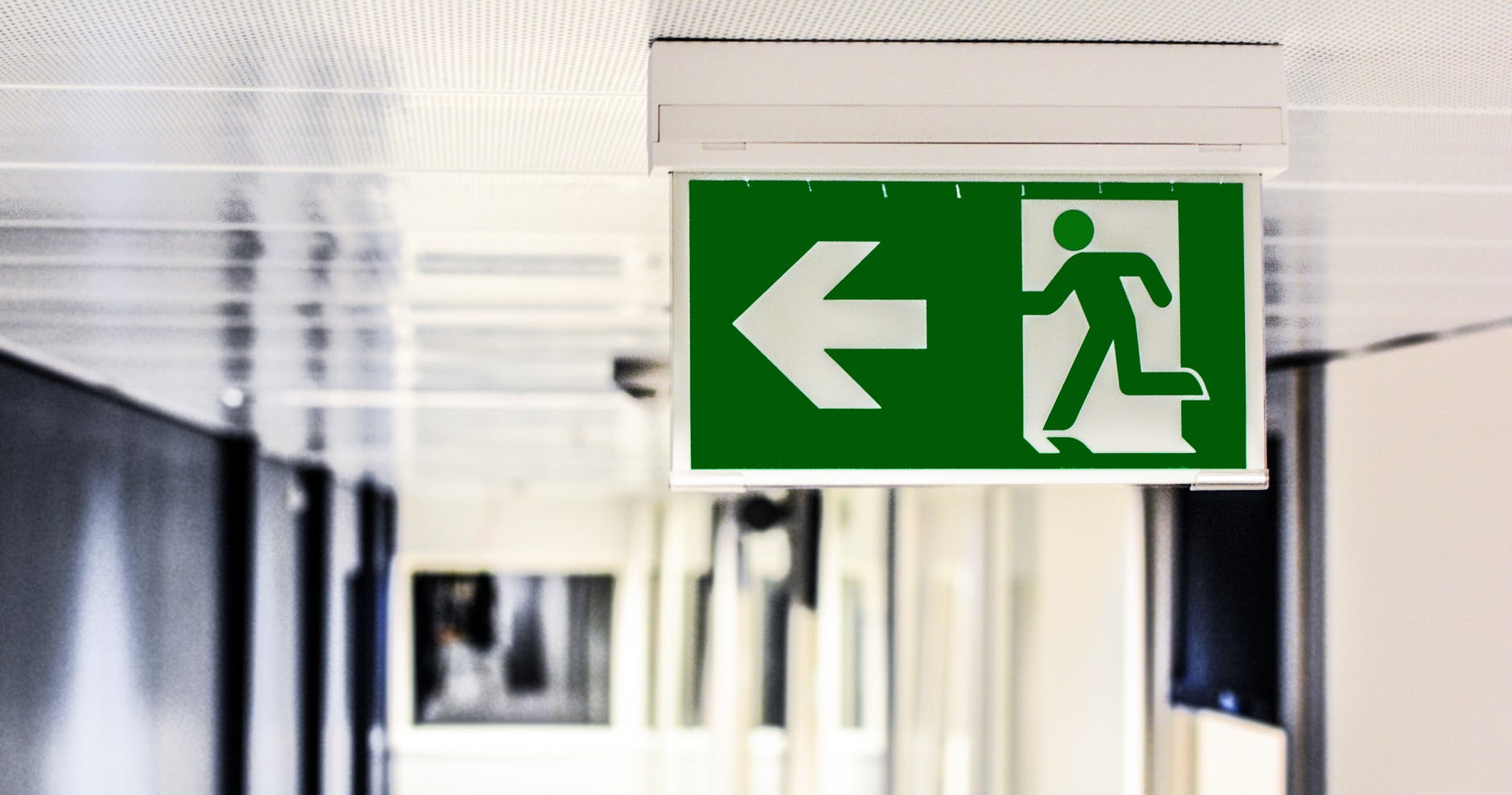
While you might like to think or hope that nothing bad will ever happen to your place of business or to your employees while they’re at work, the reality of the matter is it’s better to be safe than sorry. And when it comes to being safe at work, it’s crucial that you have plans in place that can help both you and your management team as well as your employees and customers to stay safe in a dangerous situation.
Usually, companies prefer taking precautions in the form of insurance policies. Insurance firms can be contacted to provide workers compensation to your employees in the face of a mishap. They can also provide other benefits like seminars on safety training (as you can see on https://www.icwgroup.com/pc/safety/safety-training-webinars/) for all employees. This addition can be helpful when you’re training you staff about safety protocols. But for many business owners, coming up with a plan like this on their own can be very challenging. So to help make this a little easier on you and your organization, here are three tips for creating emergency safety plans for your place of business.
Know Your Risks
Before you can start putting any plans together, you must first know what situations you should be preparing for. To know this information, Ready.gov recommends that you do a risk assessment of your place of business. When you do this risk assessment, you’ll be looking at all things regarding your business like location, weather patterns, digital risks, safety hazards and more. Once you’ve looked at all the situations or problems you’re at potential risk of, you’ll be better able to focus your safety efforts to issues that are more likely to happen and not waste your time preparing for things that have very little chance of taking place, like a volcanic eruption for those living nowhere near a volcano.
Practice Escape Routes
Depending on the type of safety hazard you’re facing, you’ll want to create a plan for how to evacuate your place of business. However, simply having these plans in place won’t accomplish much if your employees aren’t aware of what the plans and evacuation routes entail. Knowing this, OSHA recommends that you practice all the escape routes that you have in your emergency plans. To help with this, place signage stating what to do in the event of emergencies on each floor or in each room if your business. This will help people know exactly how they should remove themselves and others from the structure if and when something happens.
Plan For Communication
In the event of an emergency, one of the most difficult things to do is ensure that everyone involved is on the same page. To ensure this problem doesn’t take place for your business, Allstate advises that you create plans for crisis communication. This might entail picking a spokesperson who will contact all those necessary or creating some type of communication tree so that everyone knows what’s going on, what measures are being taken, and when the threat is under control.
To keep yourself and all those who work with you safe, consider using the tips mentioned above to help you create emergency safety plans for any future problems you face.



